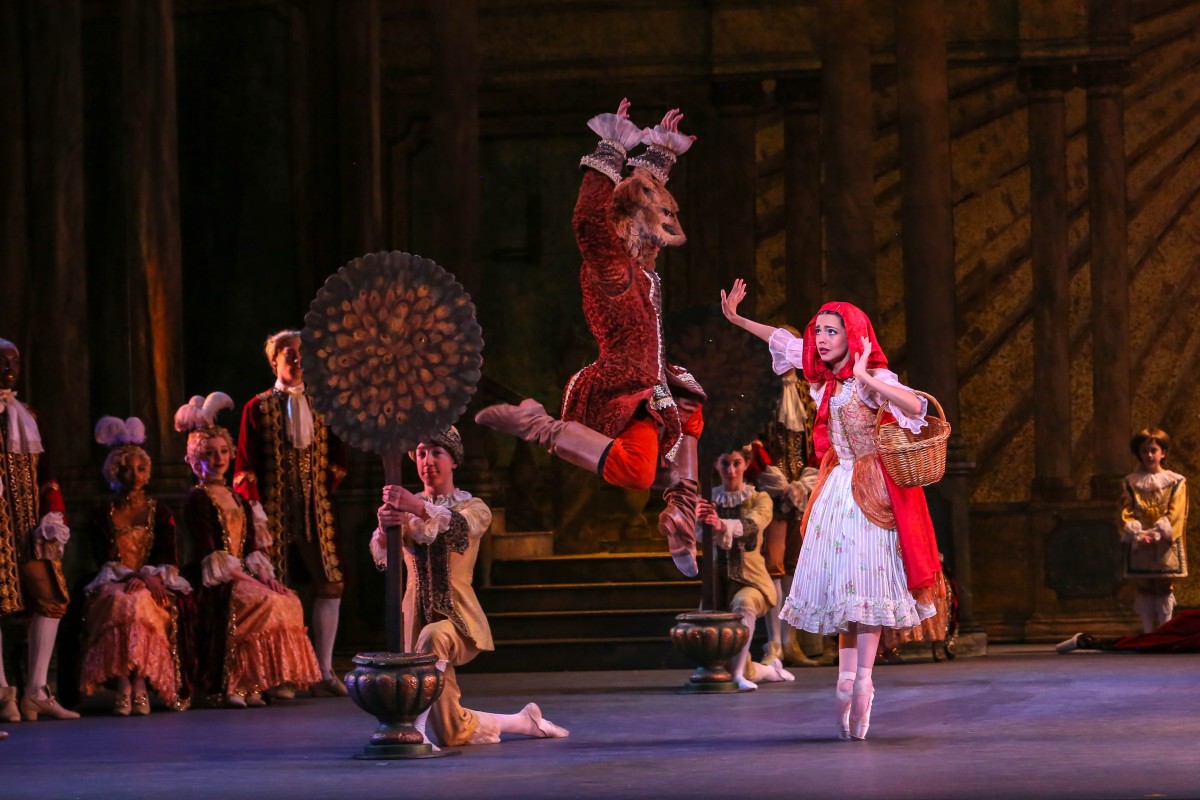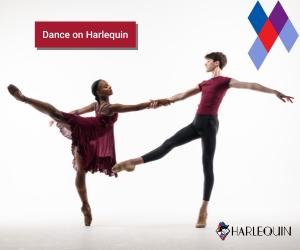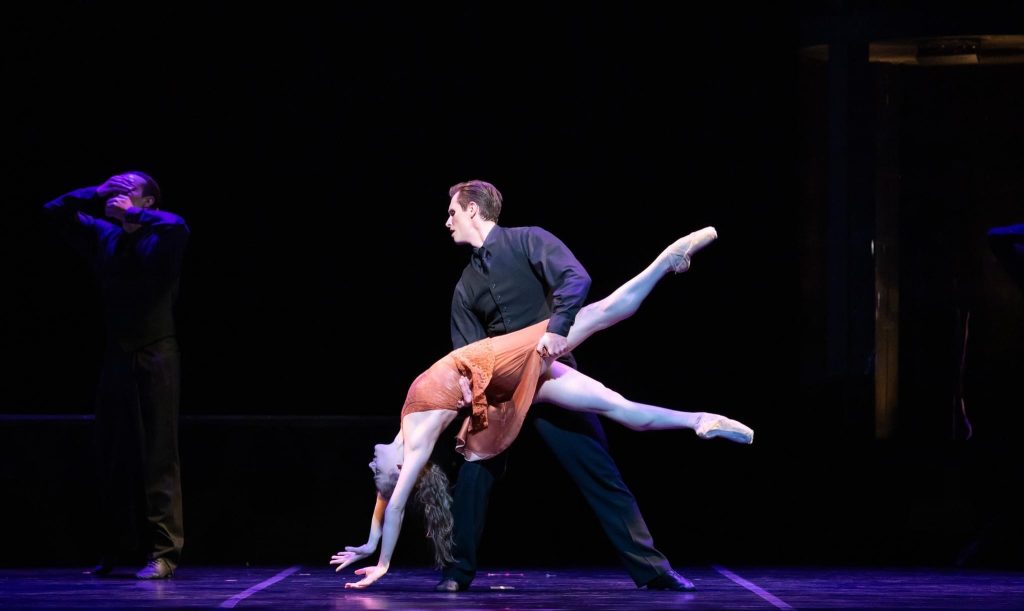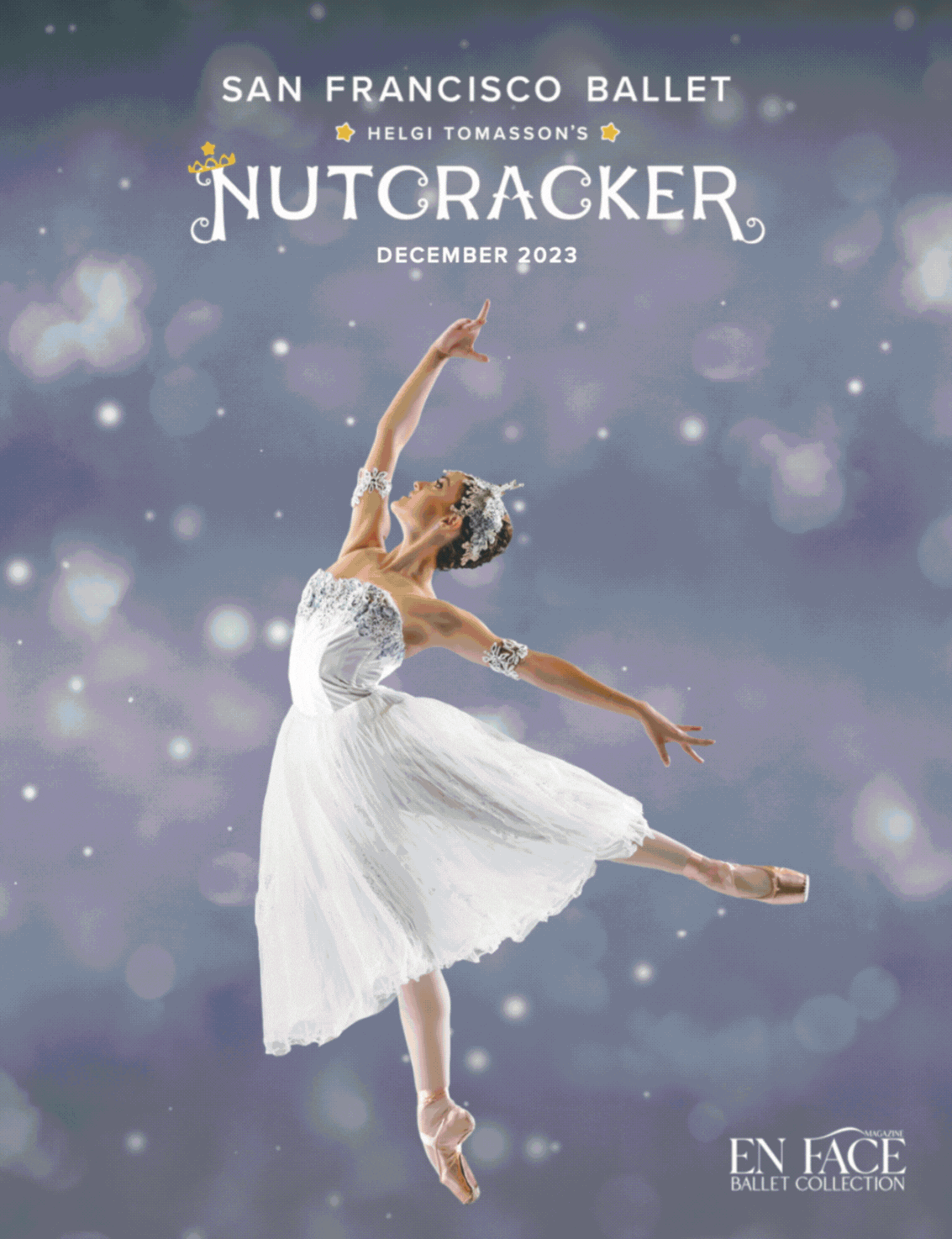Photo by xmbphotography.
by Natalie Rouland,
Scholar in Residence
The crown jewel of the classical ballet repertoire, The Sleeping Beauty premiered in St. Petersburg on January 15, 1890. The story of a kingdom placed under a century-long spell mirrored an empire in crisis, and the culminating celebration of a royal wedding emphasized the importance of succession for the Romanov dynasty. The ballet’s setting extended from the French Renaissance of Henri IV to the grand siècle of Louis XIV and glorified the absolute rule of a European past that Russia sought to emulate even as it anticipated its eventual demise.
The Sleeping Beauty represented the first collaboration of the French ballet master Marius Petipa and Pyotr Tchaikovsky, the Russian-born composer of Ukrainian and French heritage. Ivan Vsevolozhsky, the Francophile Director of the Imperial Theatres, adapted the libretto from Charles Perrault’s 1697 tale La belle au bois dormant and modeled the costumes after the court of Louis XIV at Versailles. This homage to France was particularly timely, as Tsar Alexander III maneuvered to establish the Franco-Russian Alliance of 1891 in part to replenish Russian coffers depleted by decades of unsuccessful military campaigns.
The resulting paean of French imperial splendor astounded St. Petersburg society with its dazzling divertissements, symphonic score, and extravagant décors. The impact of the ballet was profound and divisive: some critics declaimed it as the end of ballet, while others lauded it as ballet’s future. A vocal cabal of critics targeted the fairytale libretto, populated with fairies and storybook characters, as entertainment fit for children. This orientation proved prescient, however, as the next collaboration between Tchaikovsky, Petipa, and Lev Ivanov produced The Nutcracker, the 1892 ballet that generated an entirely new audience and remains a holiday tradition to this day.
Tchaikovsky’s music similarly unsettled the conservative clique of balletomanes accustomed to the more dansant scores of Cesare Pugni and Ludwig Minkus that dominated the stages in the second half of the nineteenth century. One such critic noted that the “insufficiently distinct” rhythm undermined the dancing of the original Aurora, the Italian prima ballerina Carlotta Brianza. Yet the multifaceted score of Tchaikovsky positioned ballet in the “higher” genres of opera and symphony and proved that the art was worthy of “serious” music. This trend gained momentum during the pioneering seasons of Sergei Diaghilev’s Ballets Russes in early-twentieth-century Paris and culminated in George Balanchine and Igor Stravinsky’s neoclassical gems that defined mid-twentieth-century American ballet.
In addition to Tchaikovsky’s demanding score, Petipa’s rigorous choreography challenged reigning conceptions of ballet d’action, in which dance served to advance the plot. The virtuoso variations of the fairies, the kaleidoscopic patterns of the Garland Dance, the technical tour de force of the Rose Adagio, the masterpiece-miniatures of Aurora’s wedding, and the glorious grand pas de deux of Princess Aurora and Prince Désiré all attest to the beauty of ballet independent of narrative. These exquisite choreographic jewels constitute Petipa’s crowning achievement and have been polished to perfection in The Washington Ballet’s reawakening of the iconic ballet.
Julie Kent and Victor Barbee’s fairytale ballet The Sleeping Beauty premiered at The Kennedy Center on February 27, 2019. Heralded as “triumphant” by The Washington Post, The Washington Ballet’s sold-out production sparkled with bespoke choreography, resplendent artistry, sumptuous sets and costumes, and the stirring score of Tchaikovsky under the baton of Maestro Charles Barker. Drawing on the incomparable experience and expertise of Miss Kent and Mr. Barbee as well as the Stepanov choreographic notation preserved in the Harvard Theatre Collection, this exquisitely-envisioned ballet brings a nineteenth-century classic back to life for the twenty-first century. As delicate and precious as a Fabergé egg, The Sleeping Beauty remains a lovingly-wrought heirloom to inspire artists and audiences for generations to come.

Alexa Torres. Photos by xmbphotography.
This article was first published in the Sleeping Beauty playbill. It is published here courtesy of The Washington Ballet. Click here to learn more or read the entire playbill.









